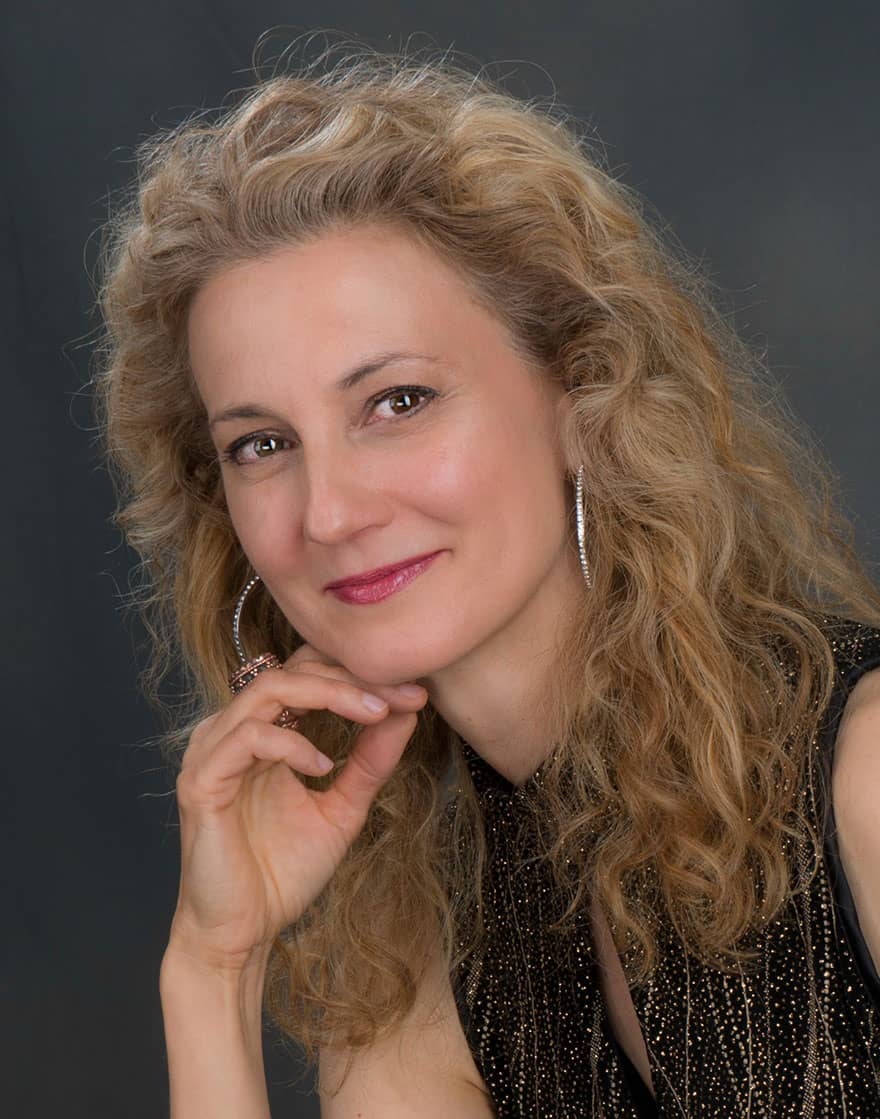The day of remembrance of the honorable Rev. Dr. Martin Luther King Jr. seems like a good time to deeply consider what it means to be an advocate for peace and justice, and how mindfulness and activism intersect.
Dr. King was a friend and collaborator of one of my teachers Zen Master Thich Nhat Hanh.
How did this unlikely friendship happen and why did it matter?
Buddhism + Activism
In 1965 the war in Vietnam was raging.
Thich Nhat Hanh (affectionately known as ‘Thay’ meaning teacher) was a young monk in a small village in Vietnam. Of course, Buddhist monks stood for peace but what could they DO? They knew that just sitting in meditation wasn’t enough.
![]()
In desperation some monks immolated themselves. They sat calmly in meditation posture in a public place, doused themselves with gasoline and lit themselves on fire. No one is advocating for this tactic, but we can understand their sense of hopelessness and refusal to be passive in the face of injustice and violent oppression.
Thay explained that the monks who immolated themselves in Vietnam were not committing suicidal acts of despair but rather courageous acts of love.
“Sometimes we have to burn ourselves in order to be heard. It is out of compassion that you do that. It is an act of love. I believe with all my heart that the monks who burned themselves did not aim at the death of the oppressors but only at a change in their policy. Their enemies are not man. The enemies are intolerance, fanaticism, dictatorship, cupidity, hatred and discrimination which lie within the heart of man.”
Thay’s message was similar to Dr. King’s who had stated:
“The nonviolent resister seeks to change the opponent, to redeem him. He does not seek to defeat him or to humiliate him. And this is very important, that the end is never merely to protest but the end is reconciliation… And so the aim must always be to defeat injustice and not to defeat the persons who are involved in it.”
An Unlikely Friendship
According to the Thich Nhat Hanh Foundation, Thay first communicated with Dr. King in 1965 by writing him a letter asking him simply to speak out about ending the war in Vietnam.
Reportedly King’s closest friends and advisers urged him not to join the anti-war effort. They feared for his safety and were concerned that opposing the war would dilute their efforts to advance the Civil Rights movement.
Ultimately Dr. King realized that it was part of the Civil Rights movement to speak out against the war and to support the peace movement in the US. King emphasized that he could not waiver from the dictates of his conscience, whatever the cost. He spoke with admiration of Nhat Hanh’s example of courageous dissent and asked, “how can I continue to remain silent on this issue?”
We must ask ourselves this same question. Pick one issue that is bothering you in the world.
Meditation/Journaling questions:
“Is it right for me to remain silent on this issue?”
“What would be a possible first step in speaking out?”
Taking a Stand
I’ve been teaching mindfulness for 14 years now because I firmly believe that the qualities we develop in mindfulness (pausing, looking deeply, inquiring about the roots of suffering, deliberately strengthening compassion) are necessary parts of the solution…necessary but not sufficient unless they translate into action in the world.
I recently read a book by Thich Nhat Hanh called ‘Good Citizens: Creating Enlightened Society’ (highly recommended) in which he included a Manifesto for Peace written in 2000 by a group of Nobel Peace Prize laureates.
The manifesto asks all of us to commit ‘to adhere to the values of peace, tolerance and solidarity and undertake to translate the values, attitudes and modes of behavior into daily action.’
The point that stood out the most for me in the manifesto was: “Practice active non-violence, rejecting violence in all its forms in particular towards the most vulnerable beings”
Active Non-Violence
I love the concept of active non-violence. Non-violence is often confused with inactivity or passivism which is too timid a response to the challenges of the day. Thich Nhat Hanh explains:
“In the English language, the word ‘nonviolence’ may give the impression that you are not active. To be nonviolent means you don’t do anything – there are people who think like that: ‘We are passive, we are not acting.’ And it brings in the idea that there can be passive nonviolence. Not very good.”
I get it. It’s easier to stay on the sidelines and wait for someone else to solve the problems.
But we are out of time to wait for others to come up with solutions to the problems humanity has created. The magnitude of the problems demands equally bold and urgent solutions, which requires the full and courageous participation of each one of us.
Environmental journalist George Monbiot puts it like this:
“Thanks to such failures of care over many years, we now approach multiple drastic decision points, at which governments must either implement changes in months that should have happened over decades, or watch crucial components of civic life collapse, including the most important component of all: a habitable planet. In either case, it’s a cliff edge.
As we rush towards these precipices, we are likely to see an ever more violent refusal to care.
With every missed opportunity the scope for gentle action diminishes and the rush towards drastic decisions accelerates. Some of us have campaigned for years for soft landings. But that time has now passed. We are in the era of hard landings. We must counter the rise of indifference with an overt and conspicuous politics of care.”
An Overt and Conspicuous Politics of Care
What a powerful concept that feels like a continuation of the message delivered by Thay and King.
But here is where I believe certain spiritual practices (including modern day yoga and mindfulness) can keep us on the sidelines. I’ve seen this in myself. It’s easy to use the practices as a place to hide, to soothe our nervous systems rather than using the practices as a foundation on which we can engage in the messy, bold living that is required of us today.
It’s easy to mistakenly equate being kind with being passive. It’s common to allow the practices to make us docile and flaccid in the face of oppression and injustice which (as we know) only helps the oppressor.
The only force that has ever created more justice in the world is when actively non-violent people have risen up to demand it. Yes, this rising up can come with some risk to ourselves. That’s how we know we are growing in courage.
As King reminded us:
“The ultimate tragedy is not the oppression and cruelty by the bad people but the silence over that of the good people…Shallow understanding from people of goodwill is more frustrating than absolute misunderstanding from people of ill will. Lukewarm acceptance is much more bewildering than outright rejection.”
In mindfulness we do accept what is here because that is simply being grounded in reality. But that does not mean we don’t engage in courageous acts to help usher in the world we want to see.
Meditation/Journaling Questions:
Where in my life am I blindly accepting that which needs to be changed?
What is one courageous act I could engage in to move away from being lukewarm on this issue?
Rabbi Joachim Prinz speaks to this concept in his speech at the 1963 March on Washington immediately preceding Dr. King:
“When I was the rabbi of the Jewish community in Berlin under the Hitler regime, I learned many things. The most important thing that I learned under those tragic circumstances was that bigotry and hatred are not the most urgent problem. The most urgent, the most disgraceful, the most shameful and the most tragic problem is silence. A great people which had created a great civilization had become a nation of silent onlookers. They remained silent in the face of hate, in the face of brutality and in the face of mass murder. America must not become a nation of onlookers. America must not remain silent.”
“He who passively accepts evil is as much involved in it as he who helps to perpetrate it. He who accepts evil without protesting against it is really cooperating with it.” ~Martin Luther King Jr.
But what can I do?
Only we know what is required of us. I do know that it requires risking something, stretching, getting out of our comfort zones, growing and evolving ever more into the most courageously compassionate versions of ourselves.
Let the outer action naturally unfold from the regular inward cultivation of generosity, compassion, wisdom and courage.
Let your contemplative practice be the crucible for a fiery love that naturally demands an end to violence and justice for the vulnerable. Let your fierce love meet the needs of the world with a clear, calm but courageous voice.
The stronger your practice becomes, the clearer the next steps are likely to become.
We can and must be willing to microdose courageous acts regularly.
Those of us who still have a voice we can use freely have a responsibility to do so.
We can soothe our own nervous systems with our spiritual and contemplative practices, but let us use this as a foundation for active nonviolence, not as an endpoint in and of itself.
I’ll end with some words that Thich Nhat Hanh shared with MLK Jr and hope we can all take them to heart.
“The world’s greatest humanists would not remain silent. You yourself cannot remain silent…. You cannot be silent since you have already been in action and you are in action because, in you, God is in action, too…”
The light in me sees and honors the light in you. Together our lights shine even more brightly. Let’s not turn away from this broken world but bring light into the dark corners as a sacred duty, and as the rent we pay for being alive during this momentous time.
May Dr. King and Thich Nhat Hanh’s legacy live on through you and me. May we blow our own minds with what our collective courage can do.
Wishing you and yours and all beings peace,
![]()
Erin
Another powerful book to inspire you is: Time to Stand Up: An Engaged Buddhist Manifesto for Our Earth — The Buddha’s Life and Message through Feminine Eyesby one of my favorite Dharma teachers Thanissara.

 Erin believes that narrow boxes are for shoes and not for people and she hopes you'll join her tribe on the mindful path to freedom!
Erin believes that narrow boxes are for shoes and not for people and she hopes you'll join her tribe on the mindful path to freedom!

